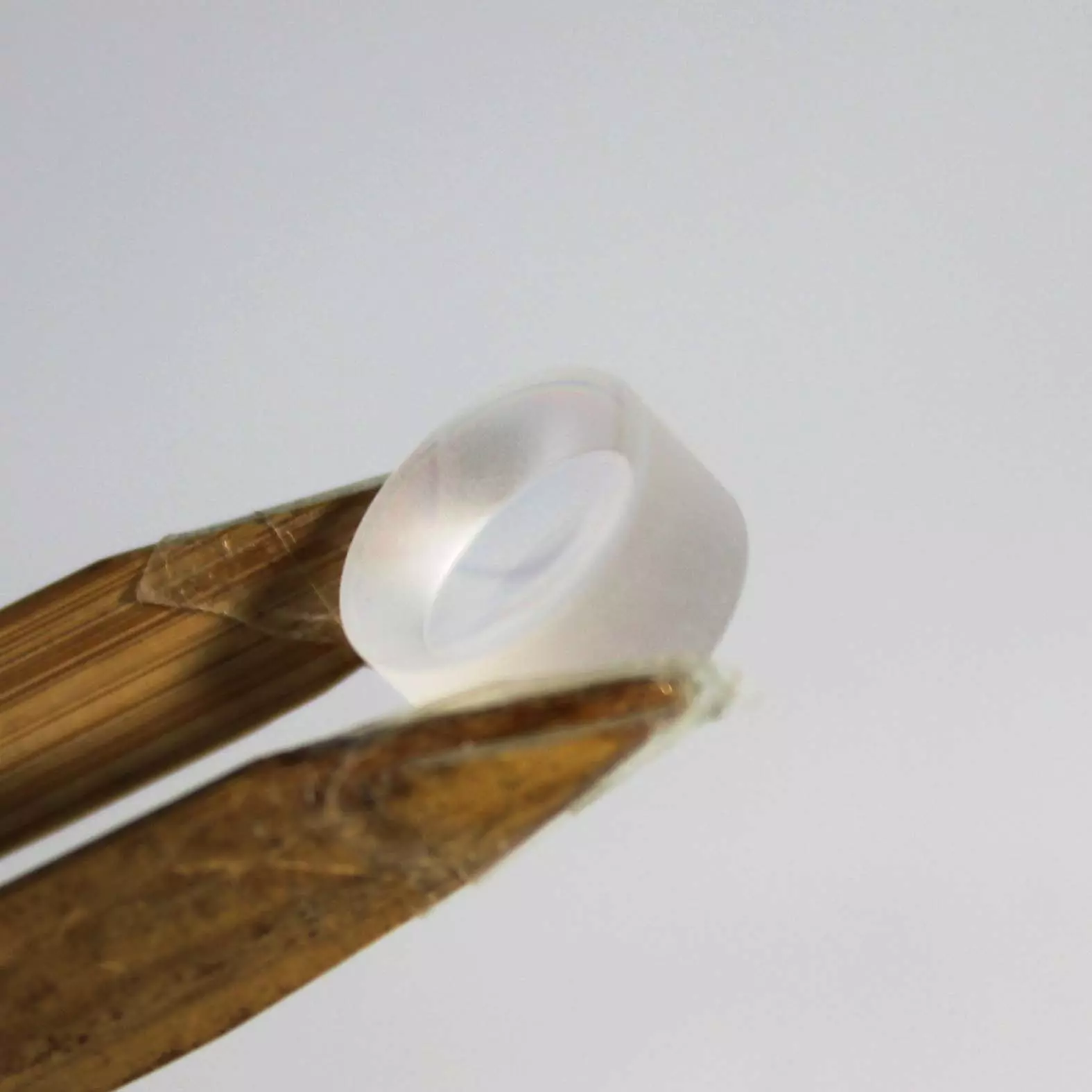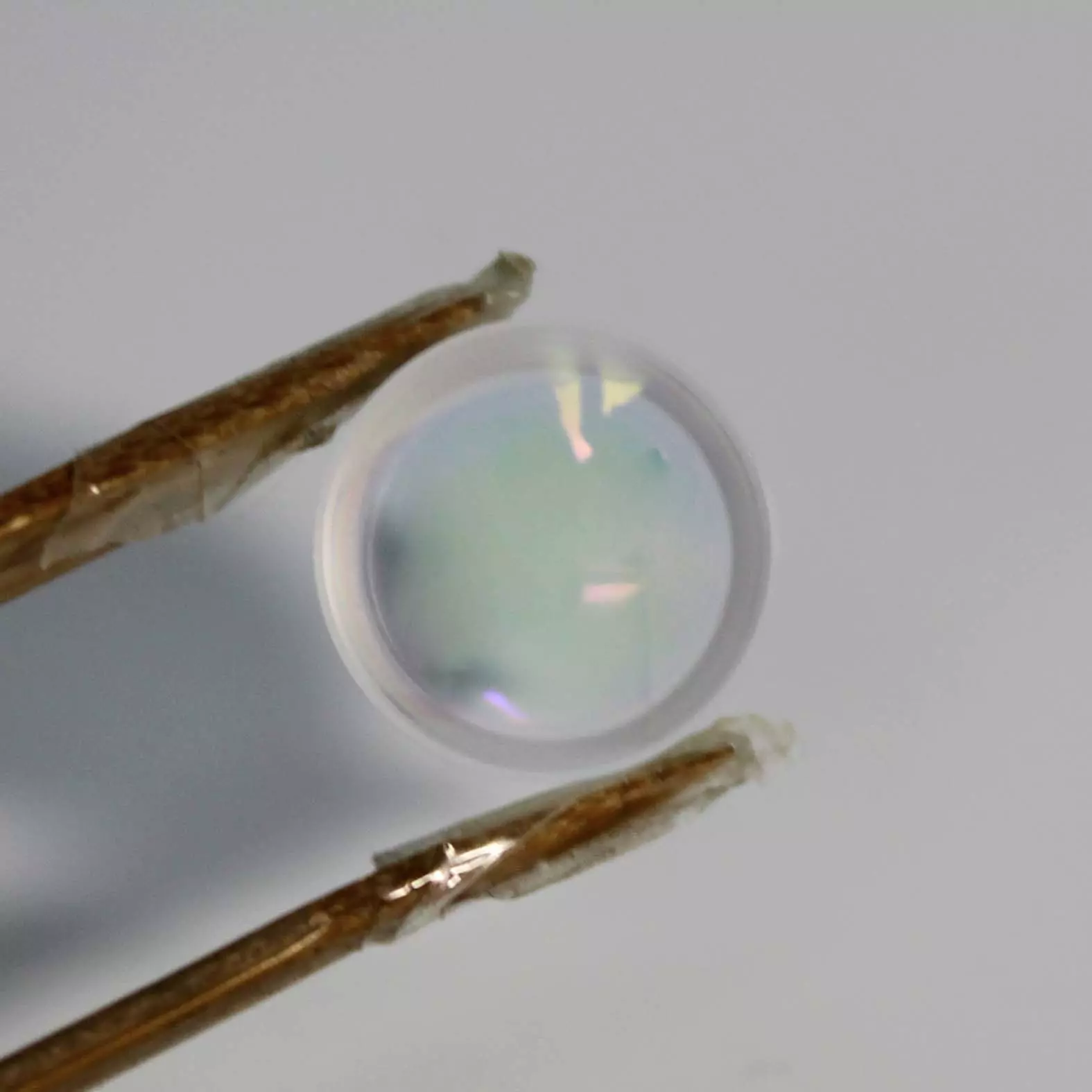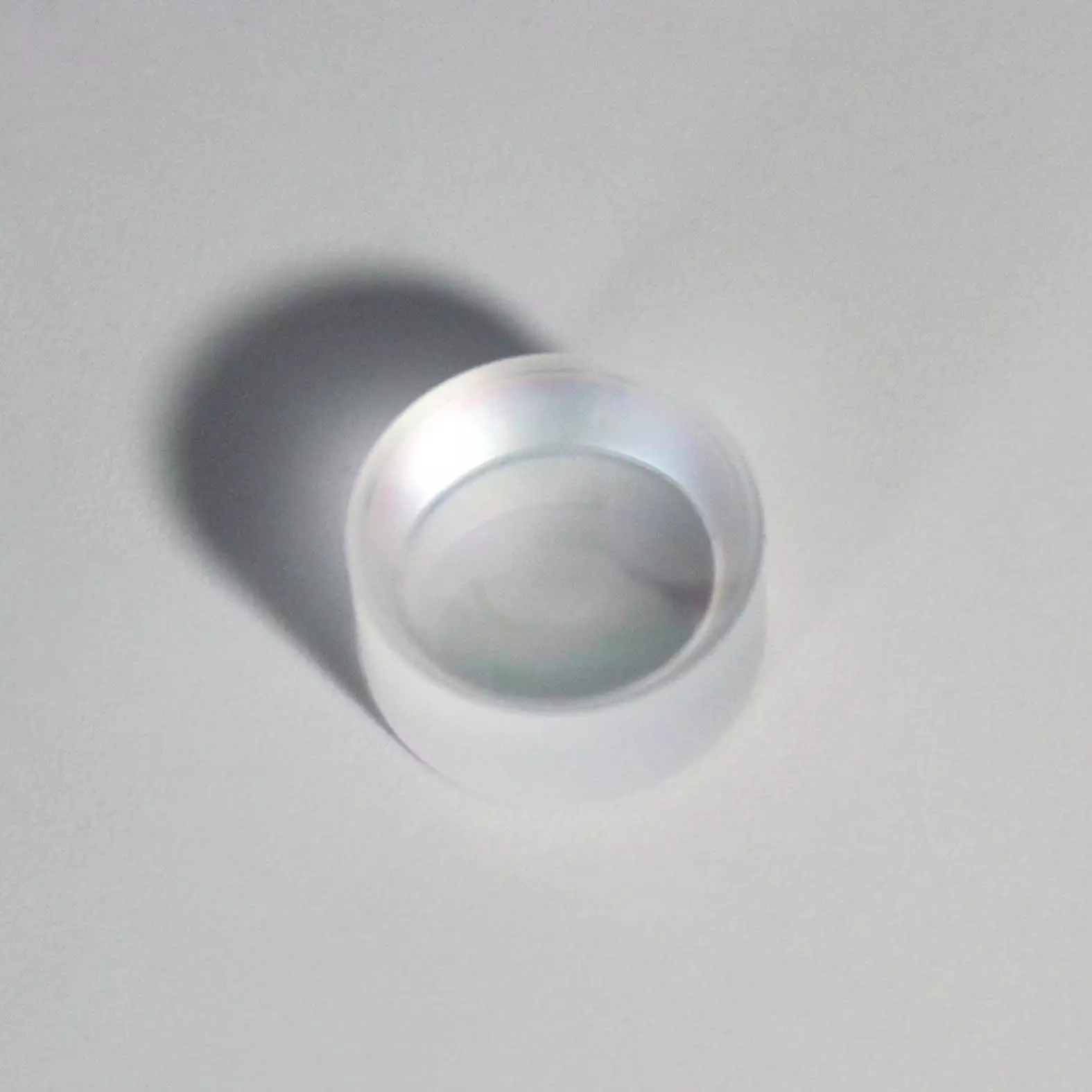Laser Machine 12mm Glass Optical Meniscus Spherical Lens
Dimension: 1-150mm
Surface Accuracy: 60/40 or better
Size Tolerance: +/- 0.1mm
Coating: Optional
Spherical lenses are lenses with at least one curved surface. They converge or scatter light, change the path of light and affect the wavefront curvature of light.It is widely used in medical imaging, laser optics, security monitoring, automotive industry, military industry, aerospace and other high-tech fields.They are important optical elements to improve the signal coupling between optical fiber, transmitter and detector.
What is a optical Spherical lens?
Spherical lenses are so named because the surface is a section of a sphere. Thus, the radius of curvature is constant across the entire lens. The spherical surface causes light to converge (from a convex surface) or to diverge (from a concave surface), with the amount of focusing power proportional to the index of refraction of the glass.
How Optical Spherical Lens Work?
Plano-convex lenses are used for applying focus to an optical system, and collimating diverging light beams. … Low spherical aberration is obtained if the lens is orientated in a way that causes the collimated beam to enter or exit the curved surface, thereby making the plano side face towards the point source or focus.
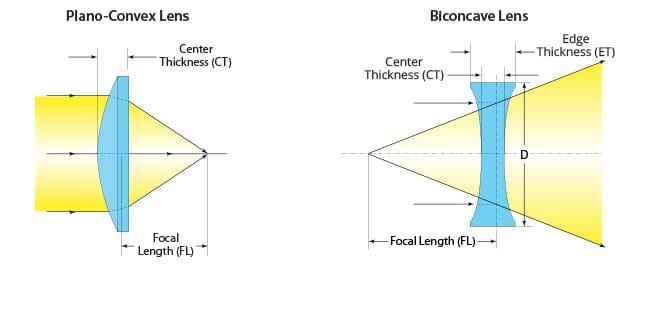
Product image of Glass Spherical Meniscus Lenses
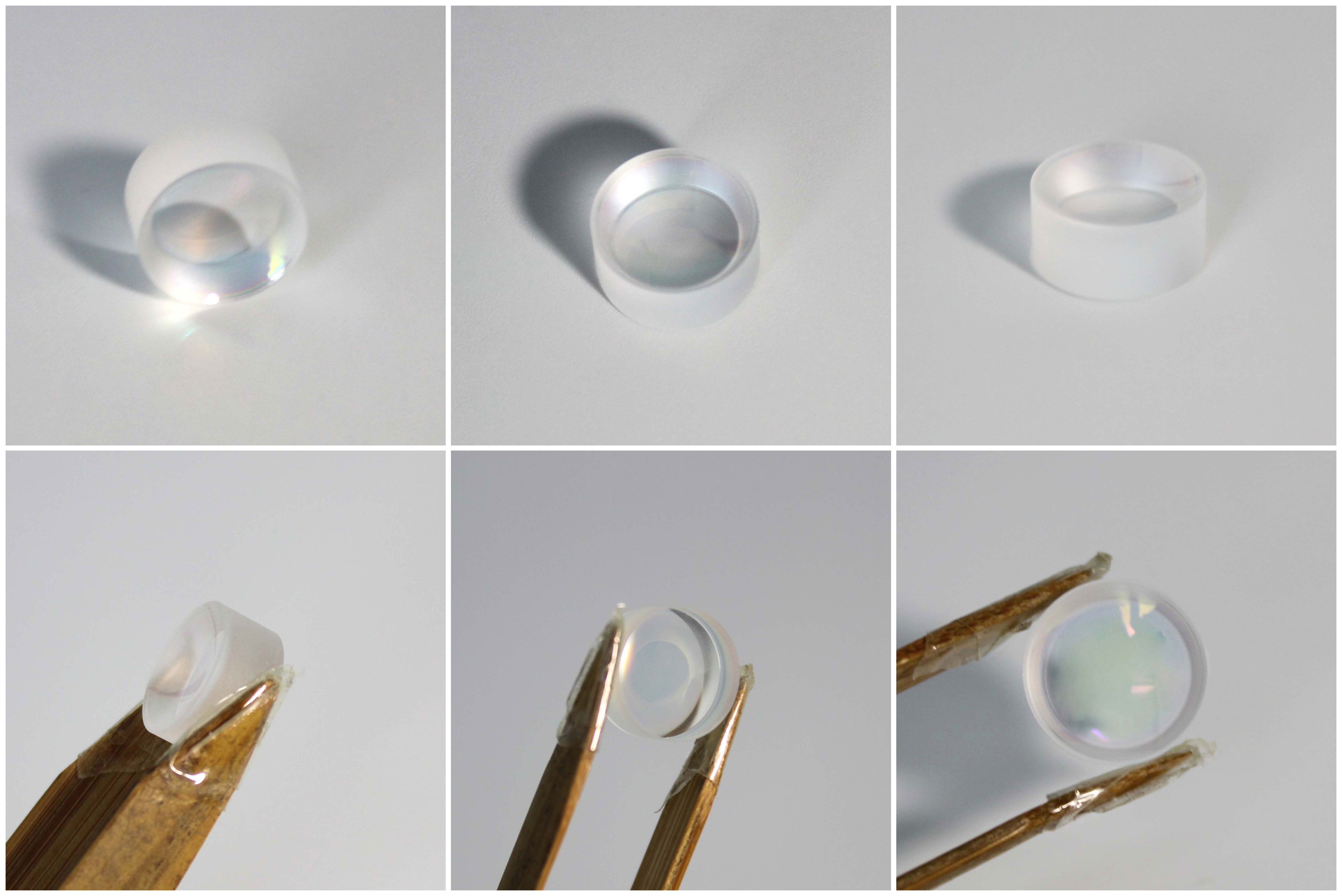
Specificaitons of this Cutting Lens
| Specificaitons | Data |
| Material | H-FK61 |
| Diameter | 12mm |
| Center thickness | 4mm |
| Focal Length | -20.51mm |
People Also Ask
- What is the magnification formula for lenses?
Magnification formula for lenses. Let’s explore the magnification formula (M= v/u) for lenses and see how to find the image height and its nature (whether it’s real or virtual). Created by Mahesh Shenoy. - What is the difference between spherical and non spherical lenses?
Spherical or aspherical denotes the profile of a lens. Spheric lenses use a single curve in their profile, whilst aspheric lenses use varying curves. These varying curves make your lenses thinner and generally flatter which makes them look nicer and prevents your eyes being magnified. - Which is better cylindrical or spherical lens?
Cylinder corrects astigmatism. If you have only a small amount of astigmatism, then a lens using the “spherical equivalent” may correct your vision adequately. If you have a lot of astigmatism, using only a spherical equivalent lens will result in a compromise in visual acuity. - What is the difference between cylindrical and spherical lens?
When you’re considering a cylindrical lens versus a spherical lens, the most important distinction is where the lens brings light into focus. A spherical lens brings beams of light to focus at a single point for viewing. A cylindrical lens, by comparison, focuses light onto a line.
Our Ordering Process
Send us your request with detailed specifications
Receive a commercial offer with terms and costs
After your approval, we handle manufacturing, quality control, and shipping
📦 Shipping
3-5 days in EU, from 10 days to USA
💳 Payment methods
Cash, Bank Transfer, Cards (Visa, Mastercard, Amex, Discover) and PayPal
💬 Questions?
Contact us via WhatsApp, phone, live chat or email
